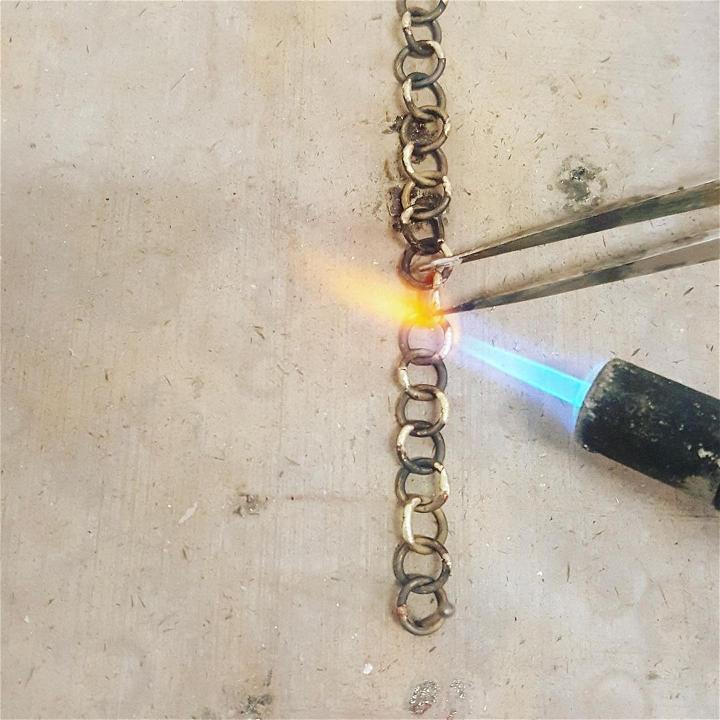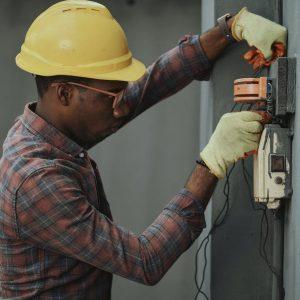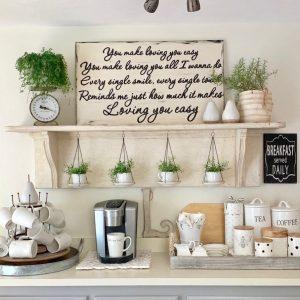Jewellery making can be a great way to set up your first business or make some extra money on the side. However, you’ll need to know how to solder it correctly in order for the jewellery to be of good quality. Here’s how.

Make sure you have the right space
First things first, you’ll need to have the right amount of space to start making your jewellery. You’ll want to dedicate part of your room, workshop, or shed to creating a clean and stable workbench solely for creating your jewellery on.
This should be away from anything that could cause damage to the jewelry or get damaged themselves, such as food and drink, personal items, and pets and children.
Prepare the metal
Once you’ve decided on an area to work with and you have it set up ready to go, you should then prepare the metal and make sure it all fits how it should before you solder.
You’ll want the metal to be free from any grease and oils that could have ended up on the metal from your hands so each piece of metal should be treated and cleaned for a few minutes. After the time has elapsed, use pliers or tweezers to handle the metal ready to be soldered.
Add the solder flux
Once the pieces of metal are clean and arranged, you’re ready to add in the solder. Try not to handle the solder too much and use wire cutters to cut off smaller pieces to use. Then you’ll need to use the solder flux. There are two different types of solder flux you can use – A borax-based flux and a Battern’s flux.
Place the solder
You’ll then need to place the solder onto the metal – this often works best by using a pair of tweezers to handle the delicate solder. Position the solder between the areas that will work best to join the metal together.
With practice, you’ll learn that a small amount of solder will go a long way so long as you do it correctly.
Torch it
When torching your solder, the metal should be heated so that both solder and metal reach the same temperature at the same time to create a bond.
Solder will typically follow the heat so aim to not point the flame directly at the solder but instead use the flame to draw the solder along the connecting joint. When you see the solder start to run, you can remove the flame.
Quench the metal
Grab your tweezers and pick up the hot metal before plunging it into a jar of water to cool it down. Here, the soldering process should be complete, and your two pieces of metal should be connected.
If you need to solder more pieces, repeat these steps. Make sure that you regularly clean your soldering iron to ensure good maintenance.




